We caught up with the brilliant and insightful Michael Velliquette a few weeks ago and have shared our conversation below.
Michael, thanks for joining us, excited to have you contributing your stories and insights. Did you always know you wanted to pursue a creative or artistic career? When did you first know?
Growing up I had an active imagination and rich interior life. Drawing was a favorite pastime and I often made sculptural setups out of wood scraps and cardboard, little worlds for my Matchbox cars and Star Wars figurines. As a child, I told people I wanted to be a priest. Even at that young age I perceived people with spiritual vocations as individuals who existed outside the norm—as loners—and how their outsider status bestowed on them something special. I found that instinctually intriguing. While they seemed set apart from conventional norms in the outside world, they appeared deeply connected to an interior spiritual world which I also found captivating.
When I got to college and my worldview broadened, my desire to enter the seminary diminished. Around that time, I found another kind of calling in my early university art classes I began taking—a kind of ineffable connection to areas of myself that felt rich, meaningful, and untapped. I eventually declared art as my major. I experienced a shift around that time in my sense of self where I just “became” an artist as opposed to choosing to become one. There was a sudden awareness that this was my vocation, what I was meant to be in this manifestation.
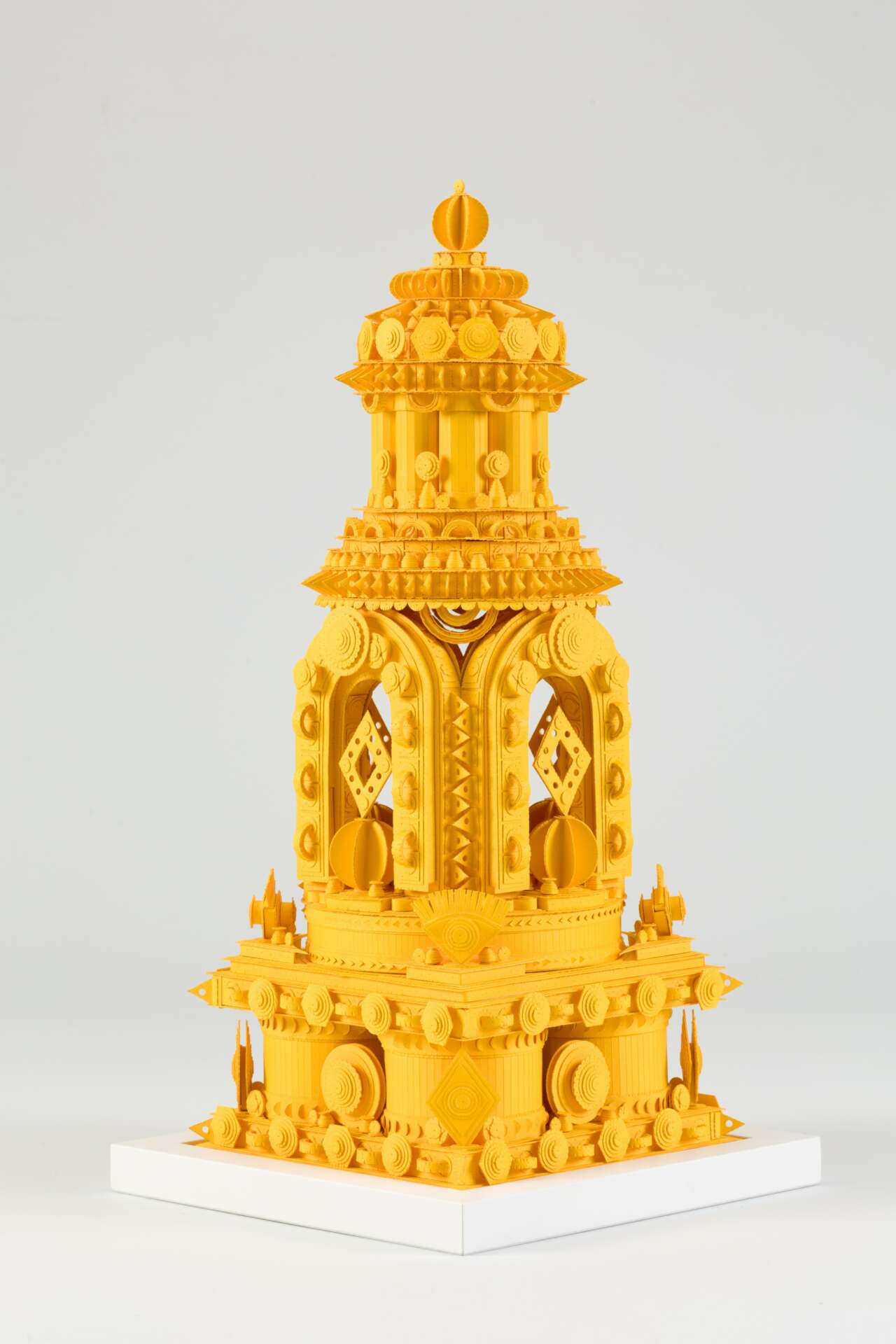
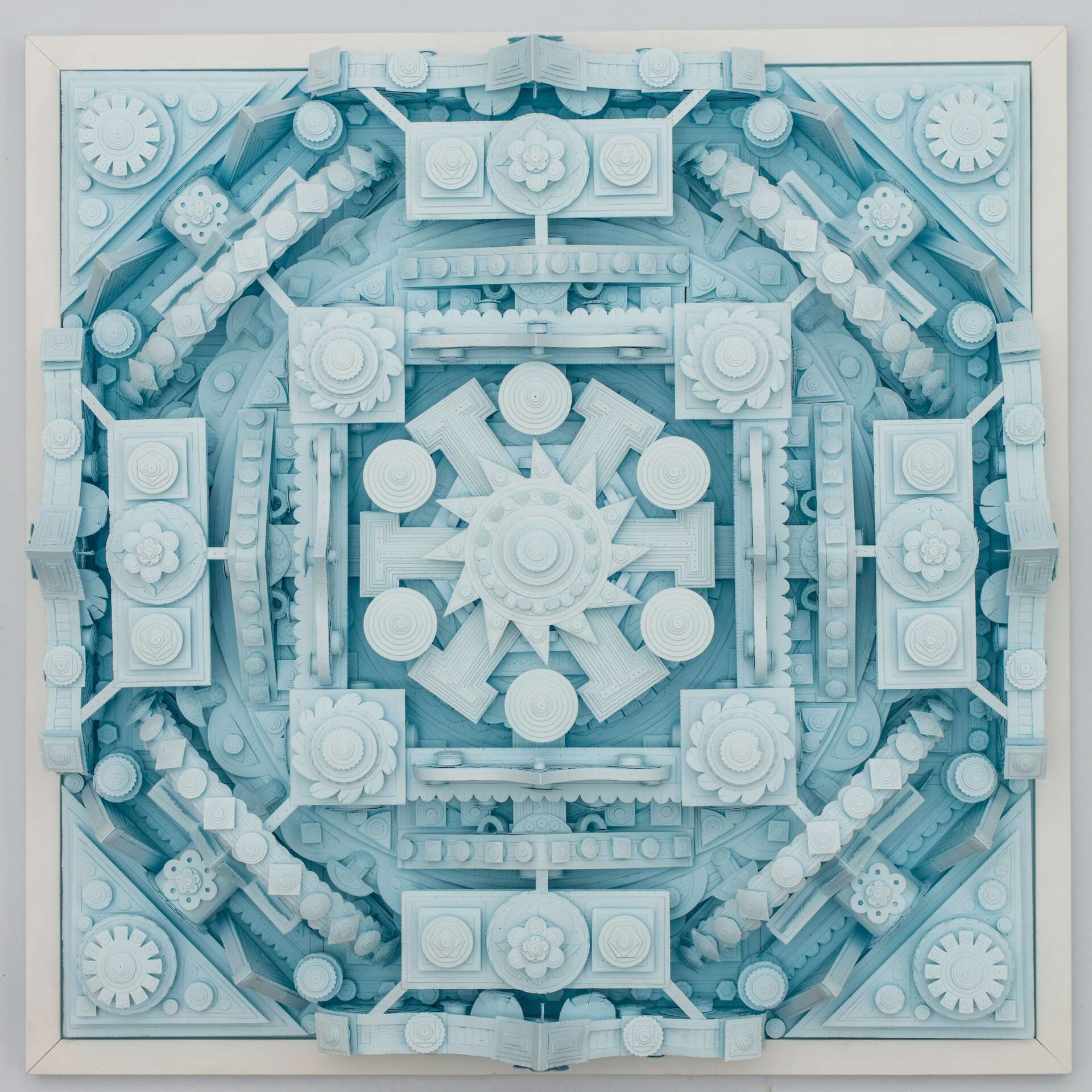
Michael, before we move on to more of these sorts of questions, can you take some time to bring our readers up to speed on you and what you do?
I make elaborate sculptures out of paper. At first glance they appear to be fortress-like constructions, tiered mandalas, or complex mechanical gears. They are made entirely by hand; I don’t digitally fabricate or 3D print any of the elements. I use simple tools and materials like scissors, knives, paper, and glue. They are very labor intensive. I only make about 2-3 pieces per year and each piece takes on average 300-500 hours to complete. It’s very slow and deliberate work, it’s about concentration and awareness. They are contemplative objects in the sense I intend for viewers to lose themselves in the experience of looking at them.
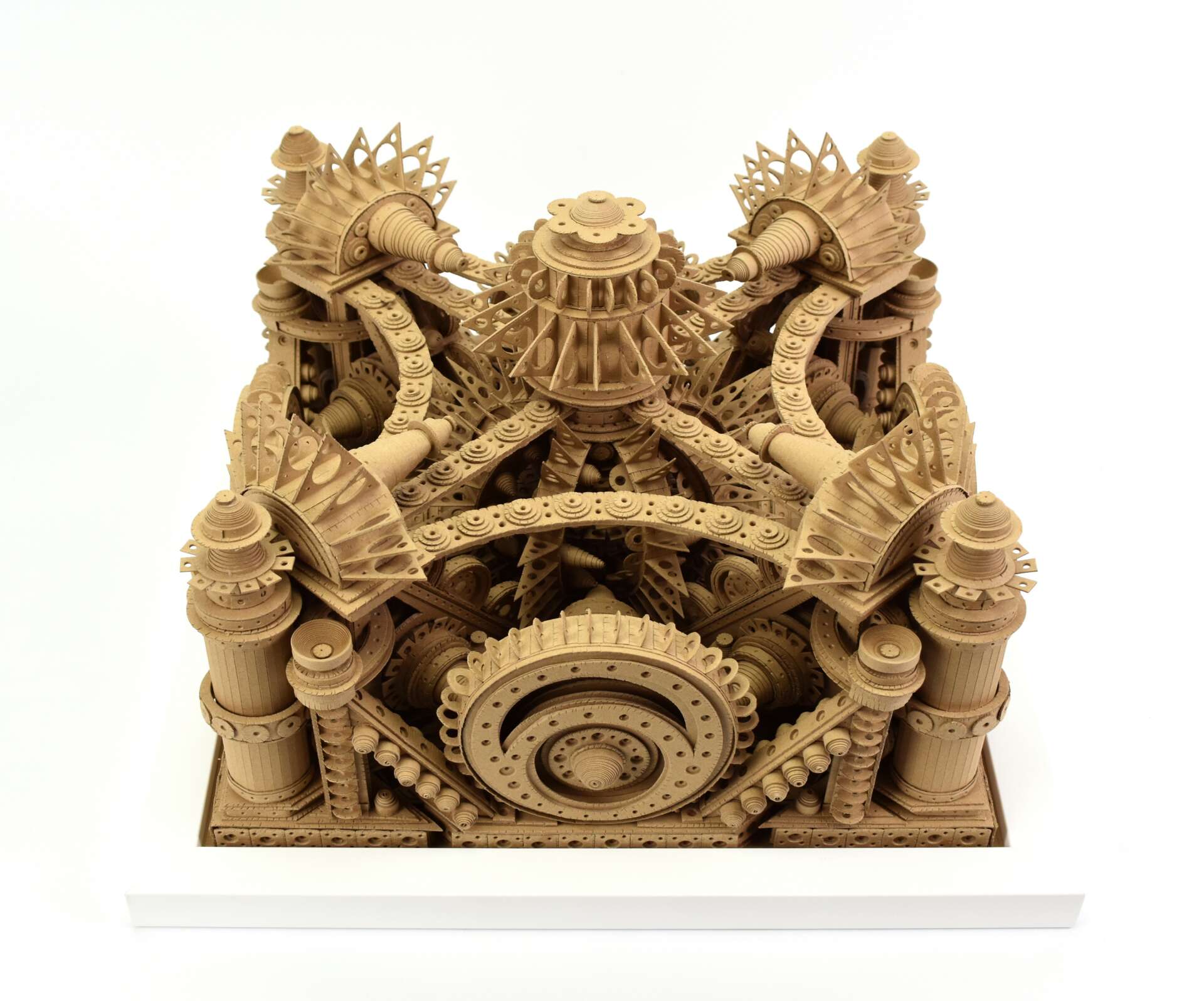
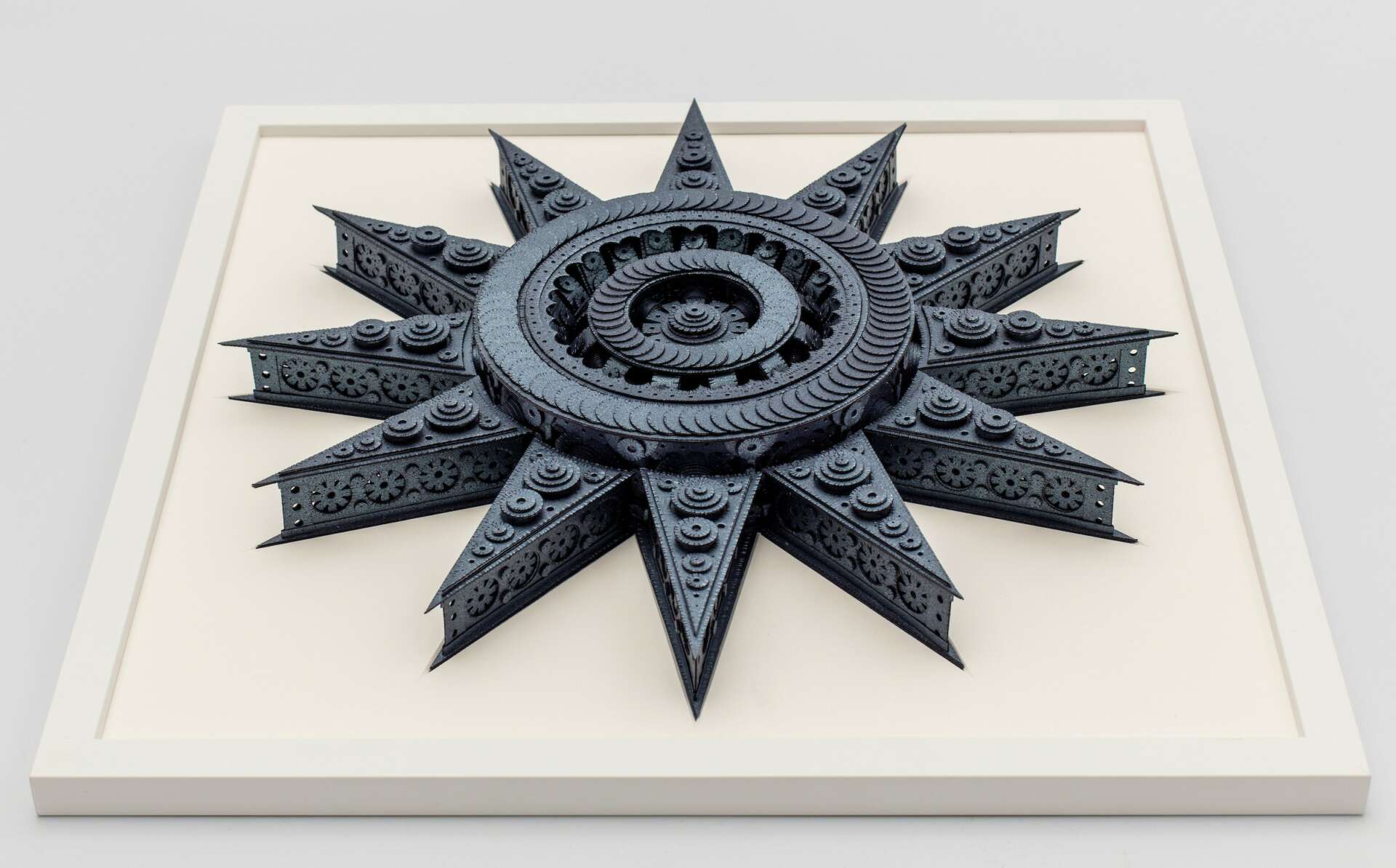
What’s the most rewarding aspect of being a creative in your experience?
For me the most rewarding aspects of being an artist is having something constructive for my mind to be working on. I might be having a tough day or feeling lousy about something that’s happening in the world, but I can shift my thinking towards how to make a piece—what might happen if I make it look one way or another, or how to put so and so materials together, and suddenly my mind feels lighter. My mind is always generating thoughts about my work, and I love being able to retreat there and be wholly absorbed in it. It helps me respond to other non-art related events in my life more evenly and skillfully.
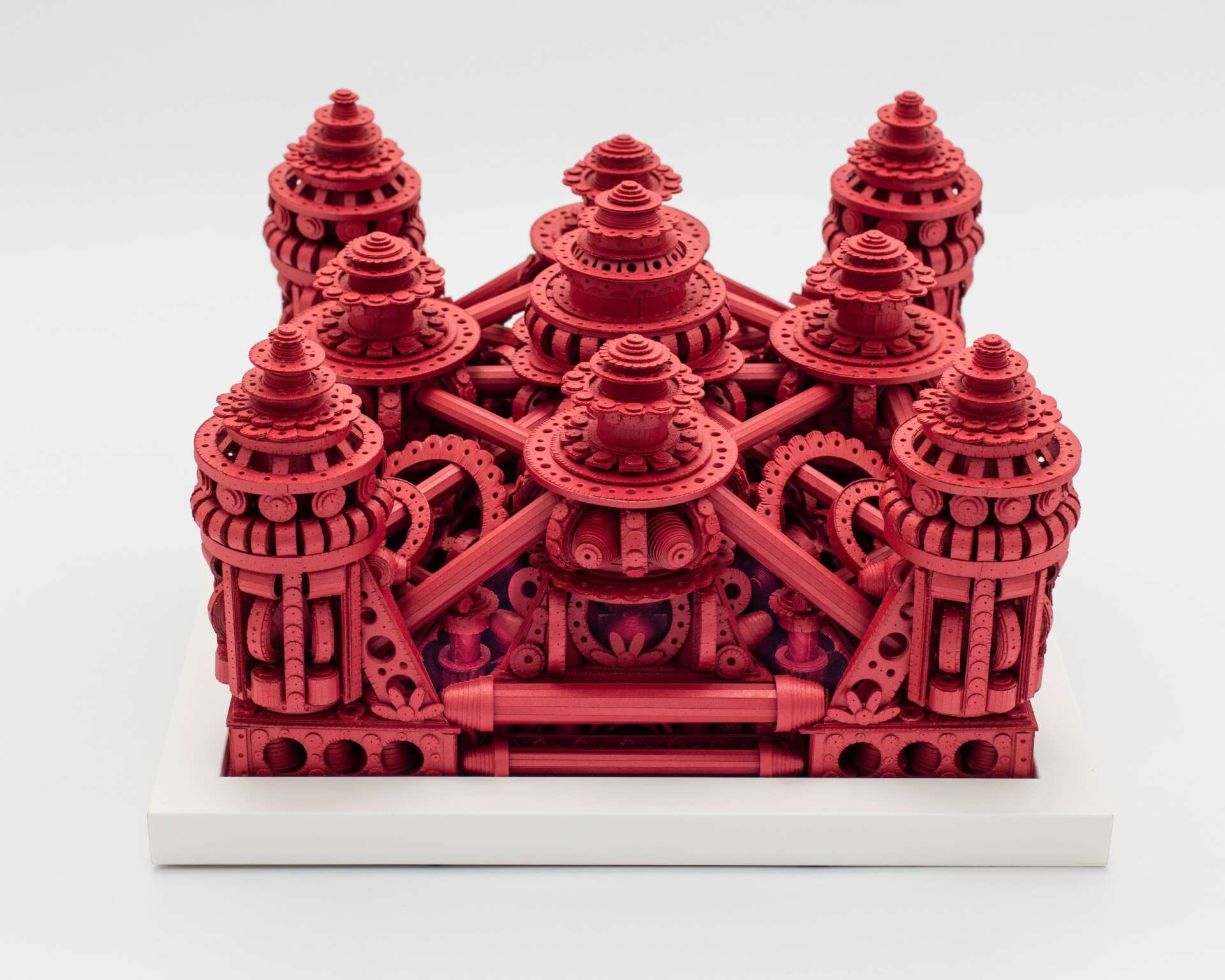
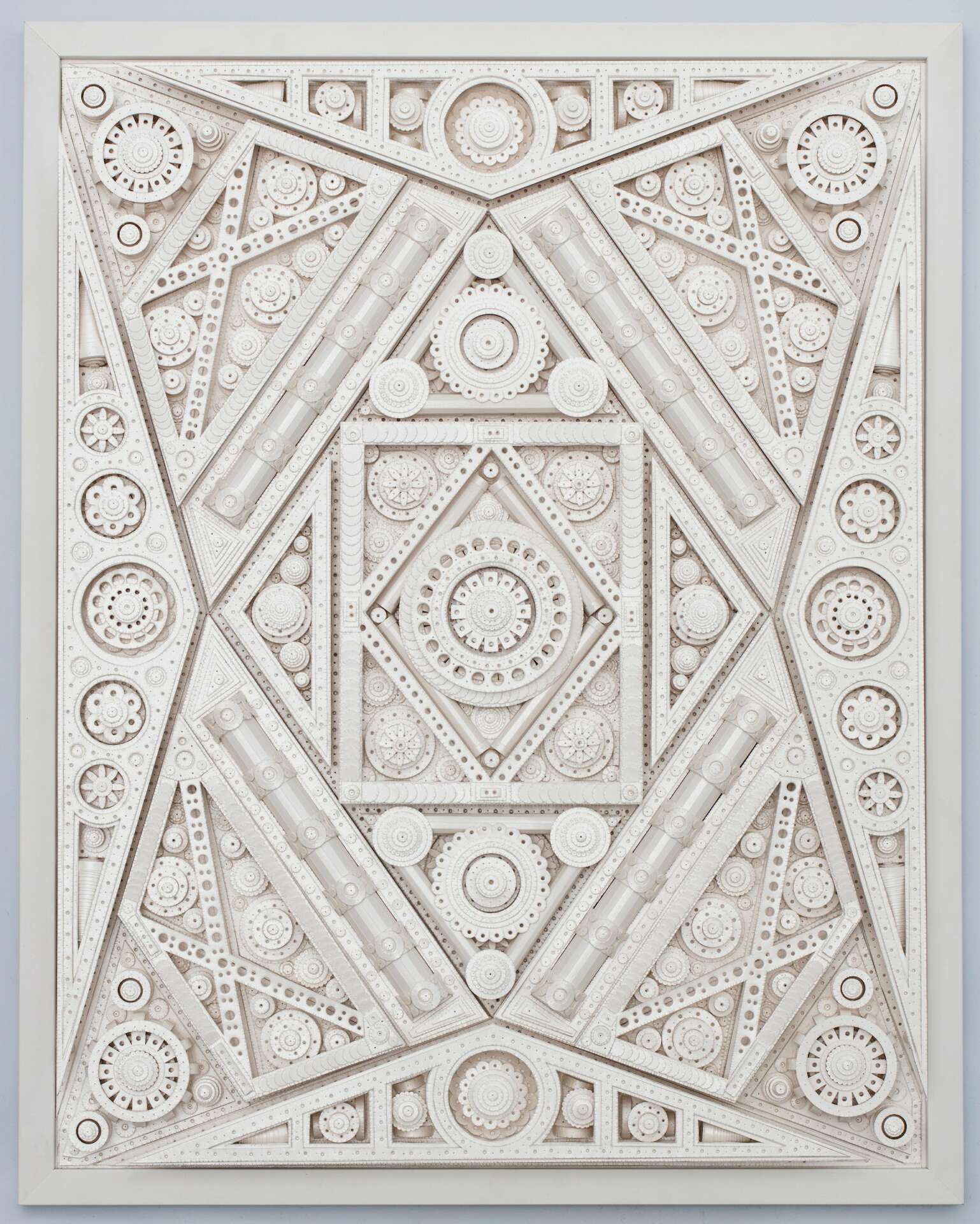
Do you think there is something that non-creatives might struggle to understand about your journey as a creative? Maybe you can shed some light?
I think for non-artists doing something creative is a special experience. I see it all the time when I teach public classes—people crave letting their minds sink into something like simple arts and crafts. It’s often the case that when I teach a children’s workshop that the parents get into it as much as the kids. People recognize that making things is nurturing to their minds. It’s pleasurable, but also a healthy and enriching exercise, physically and emotionally. It keeps our minds malleable and sharp. For most artists I know this is the point. We derive satisfaction and contentment equally from the making of the physical object as well as from the mind states we inhabit during the act of creation.
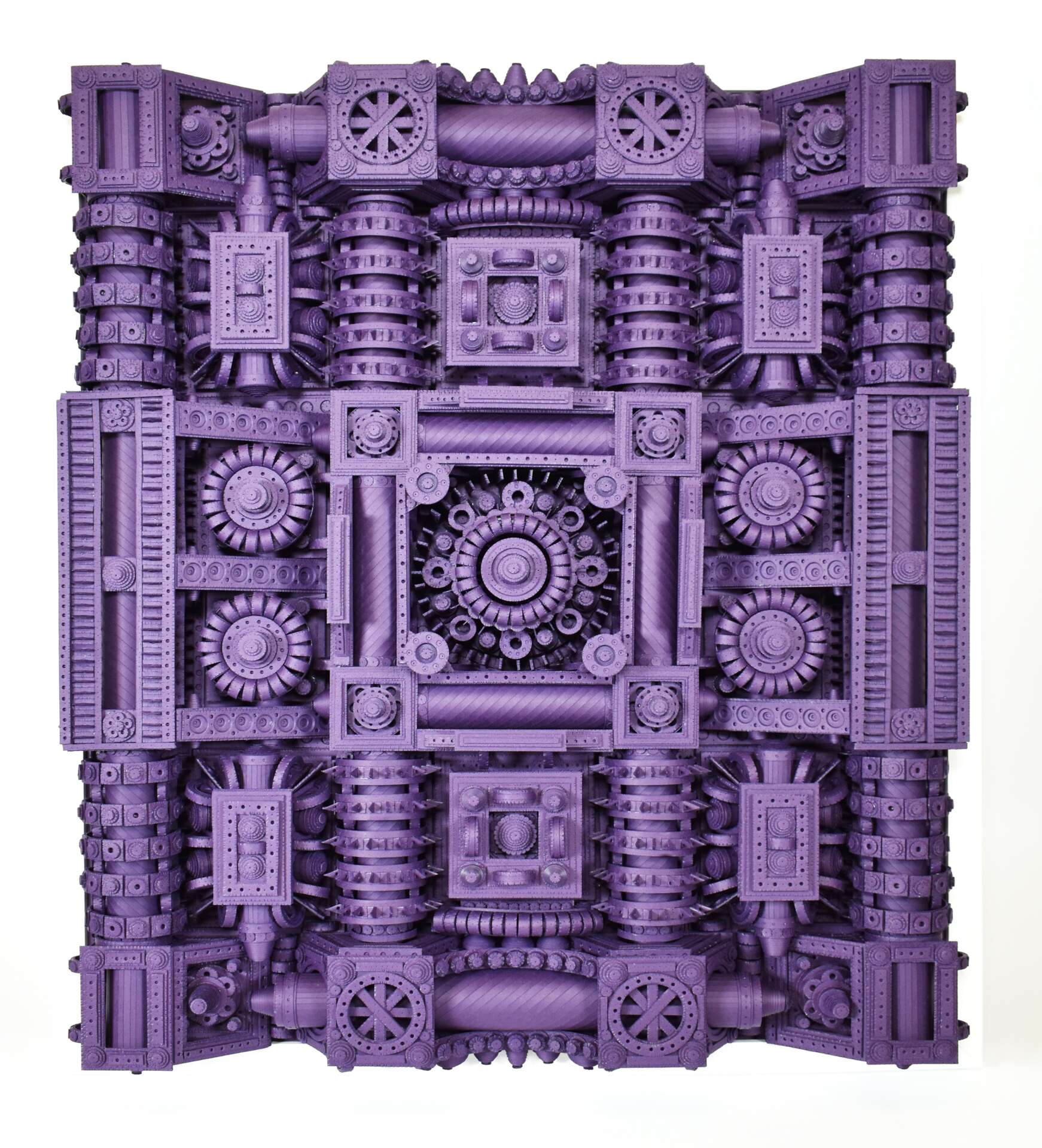
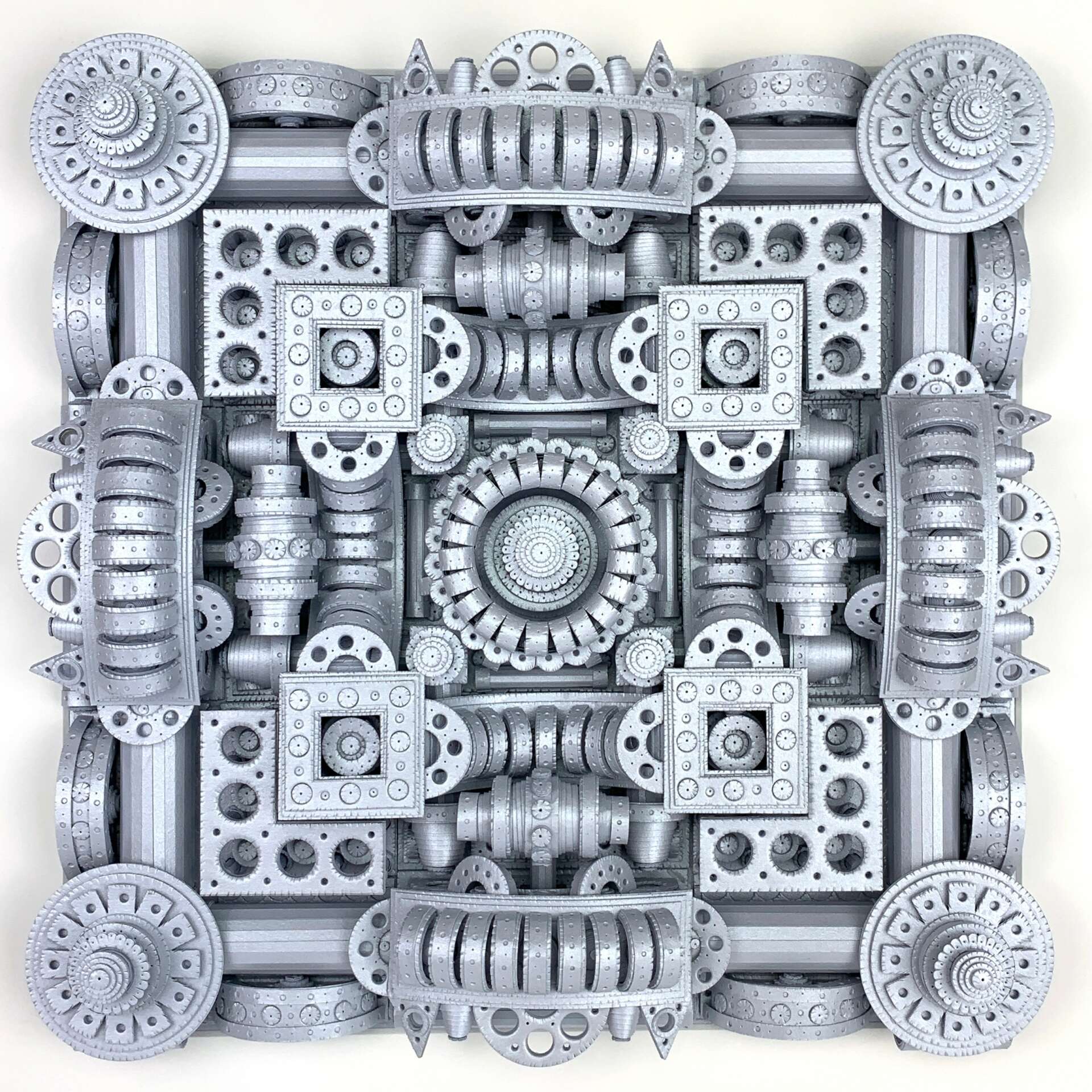
Contact Info:
- Website: www.velliquette.com
- Instagram: https://www.instagram.com/michaelvelliquette/
Image Credits
Photo credits: Michael Velliquette & Jim Escalante


